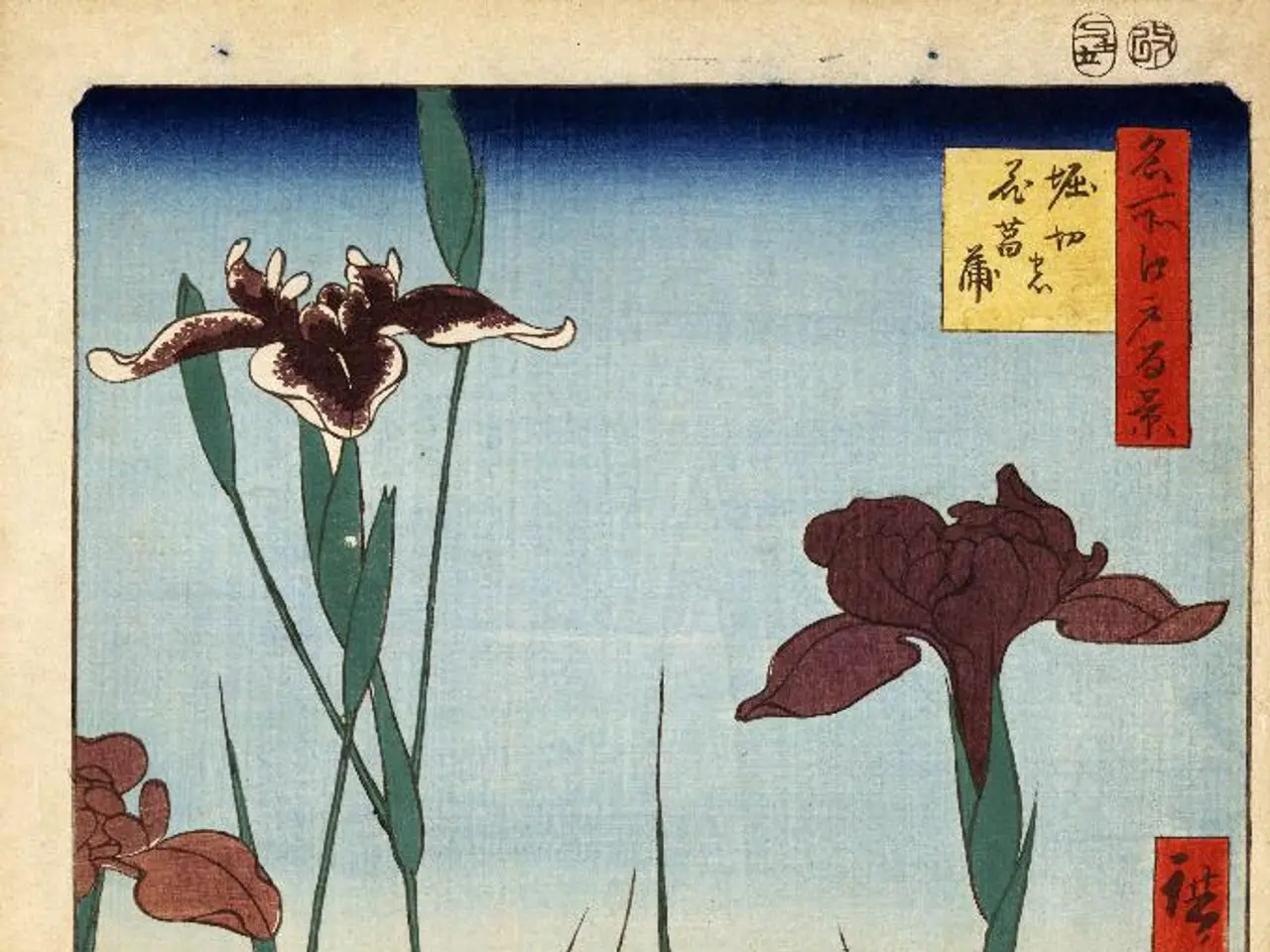Orchids Require Optimal Humidity to Flourish; Guidelines and Techniques to Enhance Moisture
In the world of orchid cultivation, humidity plays a crucial role in ensuring these exotic plants thrive and bloom. Orchids, being tropical epiphytes, have evolved to grow in warm, moist climates. To maintain optimal humidity levels for different types of orchids in a home environment, aim for a humidity range of 40-70%, ideally around 50-70%.
Key strategies include:
- Use a humidifier near your orchids to consistently boost humidity.
- Place pots on trays filled with water and pebbles, ensuring the pot bottom stays above the water line to avoid root rot.
- Group orchids together to create a localized microclimate with higher humidity.
- Mist the leaves occasionally, preferably in the morning to allow drying before night, reducing fungal risks.
- Maintain good airflow around your orchids to prevent fungal diseases caused by excessive moisture stagnation.
Humidity needs can vary by orchid type:
| Orchid Type | Preferred Humidity | Additional Notes | |-------------------|--------------------|---------------------------------------------| | Tropical Orchids (e.g., Mystique, Moth orchids) | 50-70% | Thrive in warm, humid environments; mist and humidifiers recommended. | | Cymbidiums (cool-growing) | ~40-60% | Prefer cooler temps and moderate humidity. | | Vanda Orchids | 65-80% | Require daily watering and very high humidity; often grown mounted or in baskets. | | Bulbophyllum | 50-70% | Like warmth, moisture, and shaded environments. |
Monitoring leaf condition helps adjust humidity:
- Wrinkled or shriveled leaves may indicate too low humidity or underwatering.
- Black spots or fungal issues suggest excessive humidity or poor airflow.
Use a room hygrometer to track humidity levels precisely. Adjust care based on seasonality—the indoor air tends to be dryer in winter, requiring humidity support, while summer outdoor conditions may suffice or need partial adjustments.
Orchids are prized for their exotic blooms, but getting moisture levels wrong is one of the most common orchid care mistakes. Orchids require regular watering, fertilizing, compatible light, and temperature levels for healthy growth. Low humidity can cause orchid leaves and roots to look shriveled and wrinkled, while deformed flower buds can be a sign of low humidity in orchids.
A pebble tray filled with water and set under plants can help raise humidity levels immediately around them. Vanda orchids, for example, need a minimum of 65% humidity in the air to grow well, while Dendrobium orchids tolerate less humidity better and need at least 40%.
In summary, maintaining orchid humidity optimally requires replicating their natural humid environments using humidifiers, humidity trays, groupings, and misting, while adjusting to specific orchid species’ needs and ensuring good airflow to avoid fungal problems.
- To replicate the humid environments that orchids like Vanda, which require a minimum of 65% humidity, thrive in, consider using a humidifier near them and placing a pebble tray filled with water under their pots.
- For home-and-garden enthusiasts who wish to cultivate a variety of orchids, such as the tropical Mystique or Moth orchids that prefer humidity levels of 50-70%, implementing a combination of humidifiers, grouping, and occasional misting may lead to blooming plants and a vibrant home-and-garden lifestyle.




